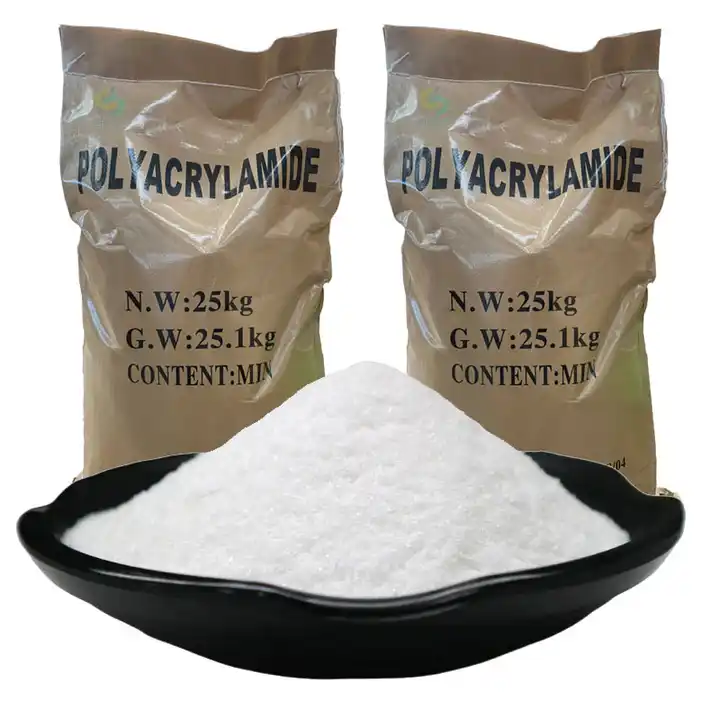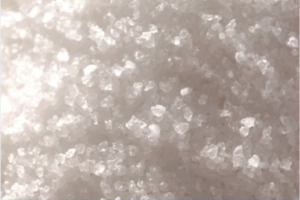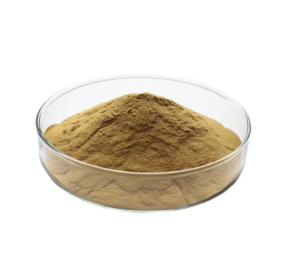Polyacrylamides (PAM) are a class of synthetic polymers composed of acrylamide monomer units. They are water-soluble polymers with a wide range of applications in various industries due to their unique properties. Here are some key points about polyacrylamides:
- Chemical Structure: Polyacrylamides are formed by the polymerization of acrylamide monomer units (C3H5NO) through a chemical reaction known as free radical polymerization. The polymerization process can be initiated by various methods, such as thermal initiation, chemical initiation with persulfate compounds, or redox initiation.
- Types:
- Linear Polyacrylamides: These polymers consist of linear chains of acrylamide units linked together by covalent bonds. They can have varying molecular weights and chain lengths depending on the polymerization conditions.
- Crosslinked Polyacrylamides: Crosslinked polyacrylamides are formed when acrylamide monomers are polymerized in the presence of a crosslinking agent, such as N,N’-methylenebisacrylamide (MBAm). Crosslinking creates a three-dimensional network structure, imparting additional mechanical strength and stability to the polymer.
- Properties:
- Water Solubility: Polyacrylamides are highly water-soluble polymers, forming clear and viscous solutions in water. This property makes them suitable for various applications in aqueous environments, such as wastewater treatment, soil conditioning, and enhanced oil recovery.
- Flocculation and Coagulation: Polyacrylamides are effective flocculants and coagulants due to their ability to adsorb onto suspended particles and form large aggregates, or flocs, which can be easily removed by sedimentation or filtration. This property is exploited in water and wastewater treatment processes for clarification and solid-liquid separation.
- Thermal Stability: Polyacrylamides exhibit good thermal stability, allowing them to withstand a wide range of temperatures encountered in industrial processes.
- Applications:
- Water Treatment: Polyacrylamides are widely used in water and wastewater treatment for flocculation, sedimentation, and dewatering of sludge. They help remove suspended solids, colloidal particles, and organic contaminants from water, improving its quality for various purposes.
- Enhanced Oil Recovery (EOR): Polyacrylamides are used in the oil and gas industry as thickeners and viscosity modifiers in EOR processes. They enhance the viscosity of water injected into oil reservoirs, improving the sweep efficiency and displacement of oil.
- Soil Conditioning: Polyacrylamides are applied in agriculture for soil conditioning and erosion control. They help improve soil structure, water retention, and permeability, reducing soil erosion and enhancing crop yields.
- Environmental Considerations: While polyacrylamides offer numerous benefits in various applications, there are concerns about their environmental impact, particularly regarding potential toxicity and persistence in the environment. Efforts are underway to develop eco-friendly alternatives and sustainable practices for their use.












Reviews
There are no reviews yet.